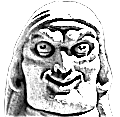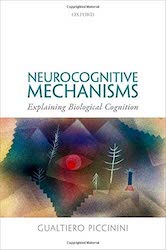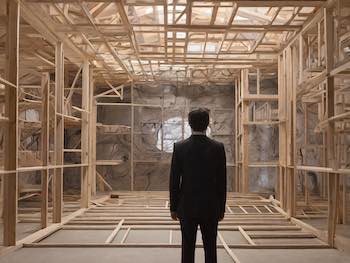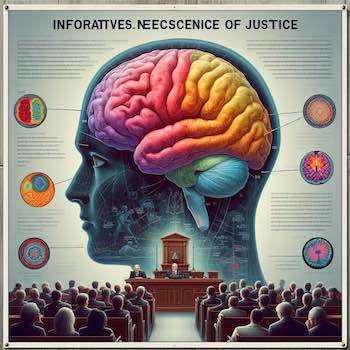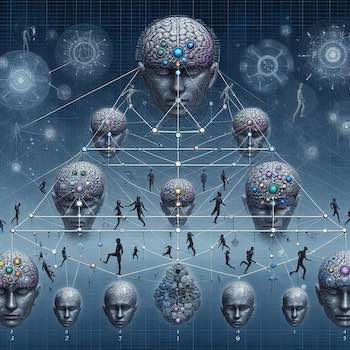Abstract: Can we explain consciousness as a phenomenon today? The problem is already rooted in matter: why do unexpected properties arise from certain physical organizations? Important subsidiary remark: these properties only appear at something at least as complex. It is therefore impossible to reduce the points of view of the constitution and the emergence to each other. It is in this opposition that a fragment of consciousness is born, whose planes are as reality becomes more complex, first in the material levels of information, then virtual in the depth of neural networks. Each level of reality constructs its own bidirectional interaction, the one that constitutes and the one that experiences its constitution. The higher the complexity, the richer and deeper the experienced phenomenon.
Neurocognitive Mechanisms by Gualtiero Piccinini, critical review
Abstract: Neurocognitive Mechanisms (2020), by Gualtiero Piccinini, is a philosophical and neuroscientific work, seeking to ground cognition and its phenomena in a comprehensive neurocomputational theory. But the philosophical treatment is wrong. The introduction of “aspects” of a single level of reality also introduces something that looks independently of that single level. We fall back on … Read more
